Sunk in the Method: There's a Groove to the Theory
Jared D. Milburn
What's up, everybody, first things first, I want to thank each and every one of you for checking out our presentations; you could be doing a million other things in the world right now—I mean...
The times!...
But you chose to share a little bit of your life with us and for that, on behalf of all of us, please know, we appreciate you so much!
My name is Jared Dejon Milburn. I am an artist, filmmaker, and scholar. Some of you may know me as "Illy Maine," which is my artist persona or what I just call my inner voice, a little more personified!
My research, being who I am, encompasses all aspects of my life; it explores identity through art and sound, and how we choose to express ourselves given the affordances and limitations in society.
And this, at times, creates a duality of identity, predisposing how we interact with the outside world and in between. How much of what we express is "really" truly how we feel, versus what we actually let out because insert filter/rules of society here?
I was born and raised in Detroit, Michigan, as a Black man, growing up being exposed to so many different cultures and communities—it took a while for me to find my voice. Or rather, feel comfortable in it.
I found it hard to relate and communicate with other people, mainly because some of my interests were just different, being from the hood and loving Yu-Gi-Oh! seemed to clash with what typical Blackness seemed like. Then, in places where I could find others with similar interests, I would encounter a wall painted with voices that weren't so apt to listening to or seeing another color in their room of perspectives.
I was fighting gatekeeping walls. I wasn't even sure where they started or why they even existed at that time. Of course, later I'd find out that through art, I had a meeting ground. I could connect and be heard by other people, but that through music I was able to tune out the noise and hear myself, as well. My work was definitely inspired by artistic and scholarly conversations with these Legendary Scholars each in their own right, whose research ranges from Blackness and Autonomy to critical Feminist thinking and practices, and Hip Hop and its culture demanding its place in intellectual circles. I would like to shout out:
April Baker Bell
Tricia Rose
bell hooks
A.D. Carson
Kendrick Lamar
Alexandra Hidalgo
So my research focuses on identity through the filters of hip-hop. So that's layering, sampling, rupture, and flow. A focus on sound being your inner/outer voice, a more direct hit at identity, and art as in music specifically, hip-hop in methods of how we choose to use our voices.
To theorize my work some, I'd like to shout out English and sound studies scholar Jennifer Lynn Stoever (2016) and her book, The Sonic Color Line: Race and the Cultural Politics of Listening. She writes about sounds and listening, as it relates to selfhood, agency, and citizenship.
How... so in that, we can gleam that a person's voice carries the weight of who they are, further implicating there is identity in voice. It would be through the work of digital rhetoric scholar James Zappen (2005) in his article "Digital Rhetoric: Toward an Integrated Theory," I would be introduced to the work of Carolyn Miller (2001), as she observed, "Identity formation as the creation of human character is closely associated with Aristotle's understanding of ethos as 'more than our knowledge of someone's prior reputation but...also, importantly, a product of the ongoing performance itself, made on the fly, in the course of interaction'" (p. 269).
Ethnomusicologist Joseph G. Schloss (2009) in his book, Foundation: B-boys, B-girls, and Hip-Hop Culture in New York, kind of gave us a precipice of what the forms of Hip Hop allow for us. As in the title itself Foundation... of people in hip hop culture, Schloss explained that
People develop art forms that are consistent with the material conditions of their particular environment... In reality, of course, most people express themselves as creatively as possible within the boundaries that life has given them, and those boundaries then become integrated into their overall aesthetic. (Schloss, 2009, p. 69)
Think of your voice, whether through our vocal chords or through our body movements… our voice (how we choose to express ourselves) is developed, throughout our entire list of experiences and sounds we heard and absorbed throughout our entire lives.
We develop patterns of speech and listening practices.
The way we know to inflect certain words in our sentences for emphasis, the way we know our brakes might be bad without just not stopping (of course), we have bells in class to let us know that class is starting and also that we might have to move on to our next class we even have screams in movies that kind of indicate that maybe we shouldn't go that direction.
So depending on where we live, where we grew up, the sounds that envelop our lives dictate heavily what sounds we decide to add to our environment and a lot of times which sounds we choose to keep to ourselves. Sound and its use (or lack thereof) is tied hand-in-hand to notions of our survivability. Our voice is a personified response to those sounds but that means that the sounds we create also creates a bit of vulnerability...
So I want to show you a film
today, a film within a film
a smaller piece to a grander
project, my thesis
and how i chose to find my
voice in a world we could argue
the default is to mute
marginalized voices
How I was once afraid to speak,
but through my art, I found
community.
In ode to Hidalgo's (2017)
Cámara Retórica
the film (and lyrics)
is a mental reflection of self
fantasizing the practice and
thought process, on that meeting
ground of self-expression.
It's a meeting ground
of a shared language
that music affords to all of us
but hip-hop specifically
requests your participation.
it's community-based
that the listener partly
becomes an author of the
experience themselves.
This film represents that...
even through different
backgrounds and forms in
the groove, like in the film
the music gives us a common
ground to break the ice
to find tribe no matter up
front or back row.
Notice our characters begin to
write when the beat drops,
when the lyrics pause
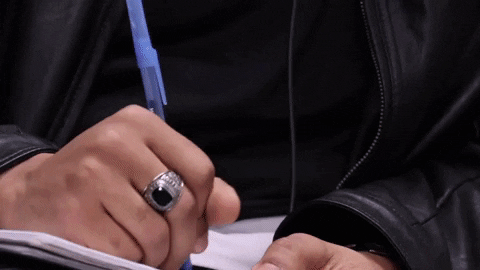
it allows a space for them to
fill in their own thoughts
and experiences onto it.

Also notice how the main
character isn't speaking when
the lyrics are playing as well.
Instead he is dragged into the
groove upon the dropping of
the needle
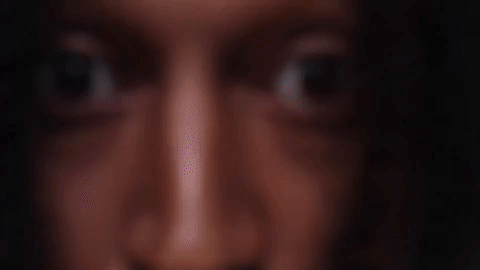
where he metaphorically and
physically travels
and experiences
where the music lives first hand
all being heard outside of
himself, the author,
using music as language
symbolizing the groove as a
feeling, but an actual spot on
the record as well
The meeting ground
of where we can
speak to each other
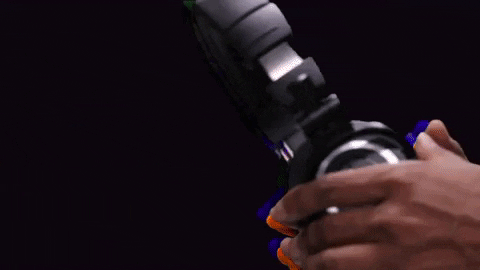
This is represented by the
colors flying off the record
and the characters themselves
after they have contributed to
connected or experienced
the music for themselves
this was done in direct reference
to that meeting ground
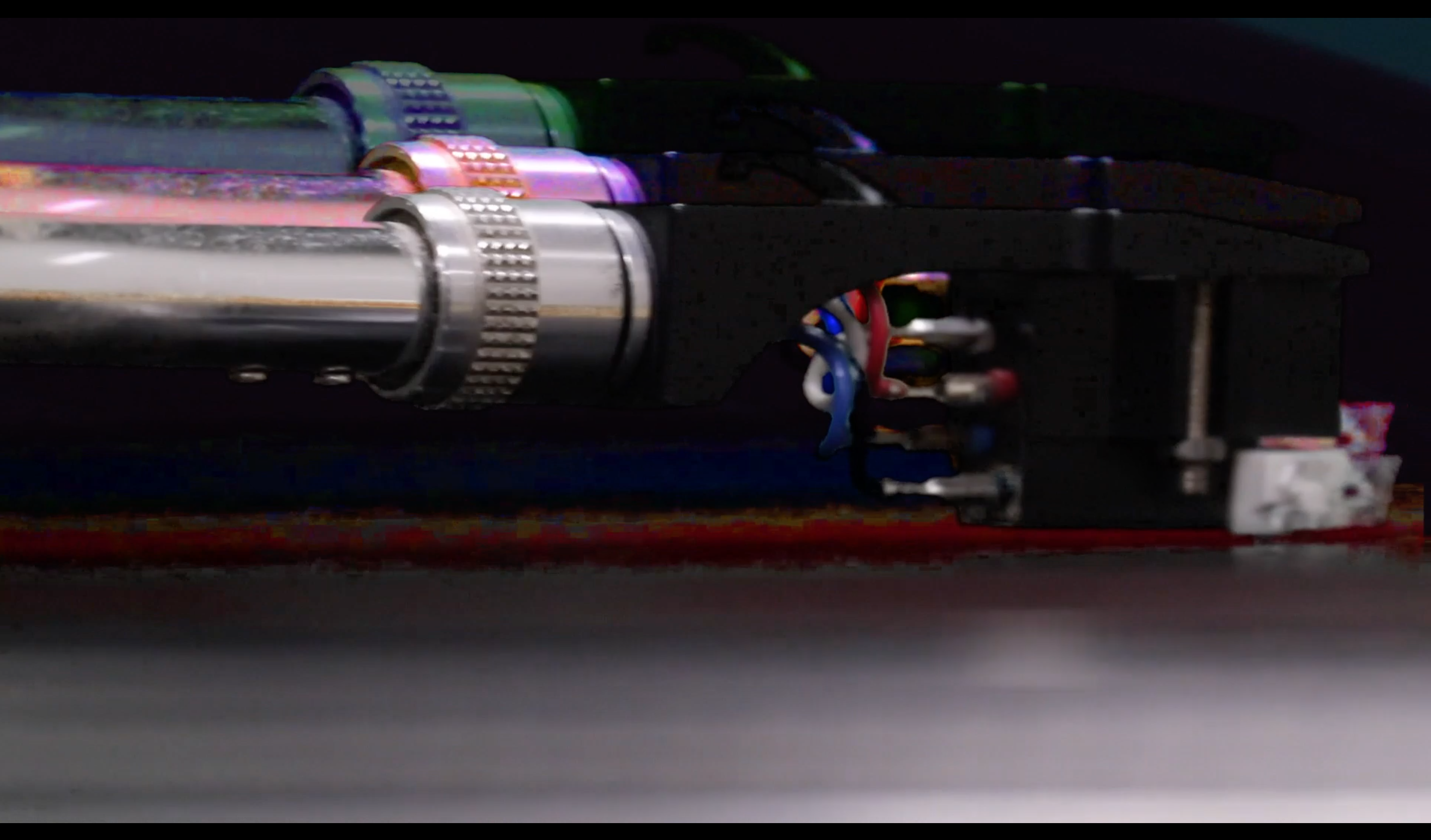
that despite outward experiences,
that we all share a common
light between us
because in that moment
we all spoke to each other
finally after the needle is
plucked from the record,
the headphones removed...
we notice that the light is
constantly expanding, still
because the connection
of that zone of expression
is still there

but it also signifies
how the main character
might always be in this groove
and how they use it as their
primary form of communication.
Redirecting back to the
beginning of the piece in the
intro, where we have
layers of chopped samples
challenging the notion of...
(radio chatter)
How much does life
dictate the music
In a sense of what
we are expressing
So I want to add to my final thoughts on my theorization.
Humanities and English scholar Caroline Levine (2015), on her studies on forms, observed how every aspect of our life is maintained by some level of structure whether personal or societal, within each other, containing their own limitations and affordances governing our modern daily lives.
For instance, there are
structures in paragraphs,
there are structures in
the flow of traffic, and street
lights, or... finding out what
space to park in...
How we would shop,
we know to stand in lines.
Each form in our lives contains
some sort of affordances.
As much as humans relate, we each tend to each express ourselves differently, which might add to some of our anxieties or feeling as an outsider or imposter at times... And we can feel constrained by this. To be conventional and blend in, to... hide our light in a sense.
Or to be unconventional
and stand out.
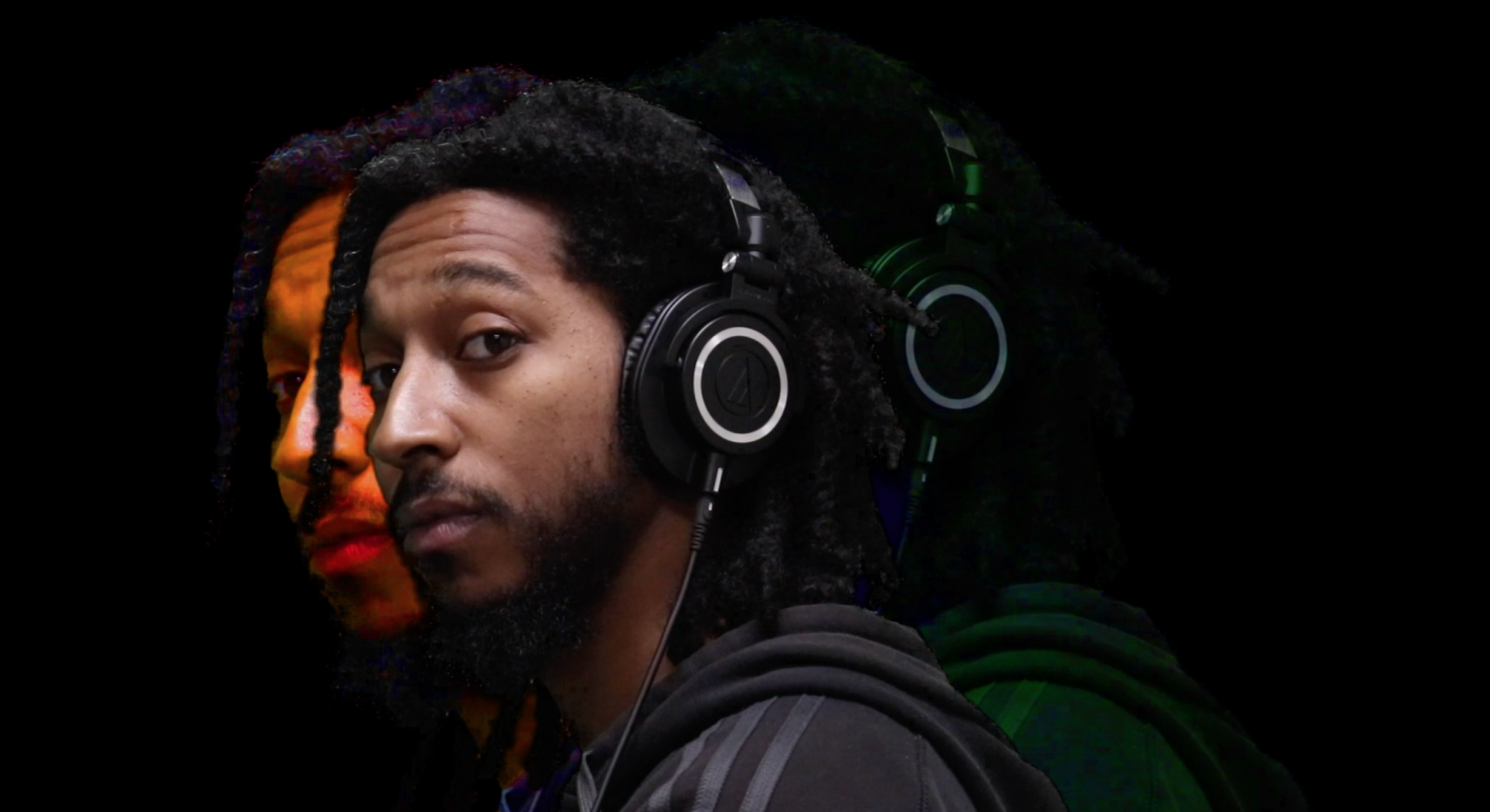
Which typically means, we are
challenging the normal sounds
that we typically hear on a daily basis...
And sometimes, we are
afraid to be seen
because, being seen
is vulnerable.
It's a challenge to our
survivability and agency.
But this is YOU we are
talking about. The individual.
Levine (2015) suggested... to take notice, but focus energy creatively on freeing ourselves from the constraint. All politics and persuasion succeed due to the use of multiple forms, and in order to exact our own revolution, we must mobilize certain arrangements. Forms of our own. Building communities and creating our own affordances.
Joseph Schloss (2009) continued to say that...
Unmediated hip-hop, by definition, cannot be understood without becoming personally involved in it. (Schloss, 2009, p. 8)
If hip-hop reduces your options, if it pressures you to be something you're not, if it asks you to reject your own history, if it expects you to judge yourself by someone else's standards it is violating its own most fundamental principles. (Schloss, 2009, p. 157)
Hip Hop welcomes your difference and radicalizations.
So when you finally do speak,
what is it that you'd want
others to know?
But more importantly,
what is it that you want to
express to yourself?
The beat is waiting...
Identity is not an answer,
it is a process.
Thank you.
References
Baker Bell, April. (2020). Linguistic justice: Black language, literacy, identity, and pedagogy. Routledge.
Hidalgo, Alexandra. (2017). Cámara retórica: A feminist filmmaking methodology. Computers and Composition Digital Press; Utah State University Press. https://ccdigitalpress.org/camara
Levine, Caroline. (2015). Forms: Whole, rhythm, hierarchy, network. Princeton University Press.
Miller, Carolyn R. (2001). Writing in a culture of simulation: Ethos online. In Patrick Coppock (Ed.), The semiotics of writing: Transdisciplinary perspectives on the technology of writing (pp. 253–279). Brepols.
Schloss, Joseph G. (2009). Foundation: B-boys, b-girls, and hip-hop culture in New York. Oxford University Press.
Stoever, Jennifer Lynn. (2016). The sonic color line: Race and the cultural politics of listening. New York University Press.
Zappen, James P. (2005). Digital rhetoric: Toward an integrated theory. Technical Communication Quarterly, 43(3), 319–325. https://doi.org/10.1207/s15427625tcq1403_10